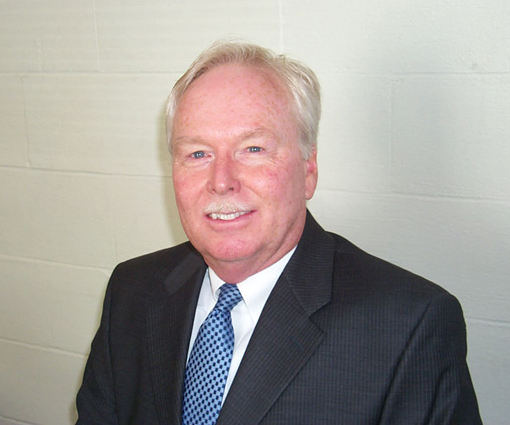What really happened in the state’s charter school vote?
Published 8:10 am Friday, December 14, 2012
In November, Georgians resoundingly approved a constitutional amendment allowing the state to authorize charter schools. Given that this was the most hard-fought constitutional campaign ever — or at least since the lottery debate in the 1990s — it is not surprising that explanations for the outcome abound.
This need to explain the result has been exacerbated by the reality that the strongest support came from Democratic voters. Yet the most accurate explanation is generally being ignored: that informed voters made a decision that they believed was good for them.
The first explanation being offered is that the proponents’ campaign team produced some uncommonly effective strategies that completely reversed the direction of the vote. The advertising developed and fielded by the pro-Amendment team was indeed some of the most effective that Georgia voters have ever seen. Led by a bipartisan group of consultants who have worked most of the major races in Georgia over the past decade, the ability to work both sides of the aisle as a seamless team clearly benefited proponents.
That said, remember that both sides had professional political help and each did a good job of getting their message out. Both campaigns campaigned in all 159 counties, and the results were highly varied. In many north Georgia counties — where voters generally saw the same mailers, TV spots and radio ads as elsewhere in the state — the Amendment won 40 points or less, hardly a resounding victory. The same is true of quite a few rural counties in south Georgia. If the outcome were wholly attributable to the campaign, results would have been much more even across the state.
The second explanation commentators gave is that the proponents’ campaign dramatically outspent their opponents and simply drowned out their message. But many counties showed a substantial drop in support for the amendment over time, with early voters supporting it at a level several points higher than election-day voters. Meanwhile, most of the advertising from the proponents’ side focused on election-day voters, beginning in earnest when early voting was mostly over. During the last week of the race, the top 10 counties lost anywhere from one to six percentage points in margin as voters moved from “yes” to “no.” If disproportionate advertising were the explanation for the victory, there would have been more supporters on election day, not less.
Additionally, the “vote no” campaign clearly had opportunities to get its message out. It may have been outspent in paid media, but the “vote no” team obviously benefited from a barrage of negative media coverage across the state. Further, boards of education, teacher organizations and others did everything they could do to encourage a “no” vote. School systems, the largest employers in many counties, communicated effectively to their employees. This was a huge structural advantage for their side, not matched by anything the pro-amendment team had at its disposal.
The third explanation in dozens of post-election articles is that voters were tricked into voting “yes” by a misleading question. This is highly unlikely. Other than the transportation sales tax and the lottery, no issue vote in Georgia has ever been discussed as much at the grassroots level, in the news and in paid advertising. Voters clearly had as much information as they wanted on this issue.
This also shows up in polling on the race, where voters clearly changed their minds in large numbers, and in both directions, as the race went on. Further, assuming the question was confusing, why did voters in rural and north Georgia reject it while metro area voters resoundingly supported it? Did people in areas that rejected the amendment have some secret educational advantage over the rest of the state that enabled them to better understand the question?
In the study of logic, there is a famous maxim known as Occam’s Razor, which posits that, all else being equal, the simplest explanation for an event is the accurate one. In this case, a simple explanation for the amendment’s resounding passage is as follows: Voters listened to both sides of the argument, became reasonably well informed and made a decision they felt was in their best interests.
This explanation is supported by the geographic variation in votes. In areas where voters generally have close, trusting relationships with their local elected officials and confidence in their school systems, Amendment 1 did not do very well at all. In areas where voters are unhappy with their local options, have low trust in government, or are even just used to having lots of educational choices, the amendment passed easily. Surely, it is no accident that the county with the most publicized education system challenges in the state — Clayton County — was the highest performing county out of all 159, voting 70 percent in favor of Amendment 1.
The bottom line here is one that both sides should take to heart: Charter schools succeed best when citizens believe they need options other than traditional schools. Charter schools will take root where change is desired, but will not grow where citizens like the status quo. Georgia voters spoke loudly on this issue, and the voting patterns show this is what they were saying.
Brad Alexander, a senior vice president at McGuireWoods Consulting in Atlanta, wrote this commentary for the Georgia Public Policy Foundation. The Foundation is an independent, state-focused think tank that proposes practical, market-oriented approaches to public policy to improve the lives of Georgians.





